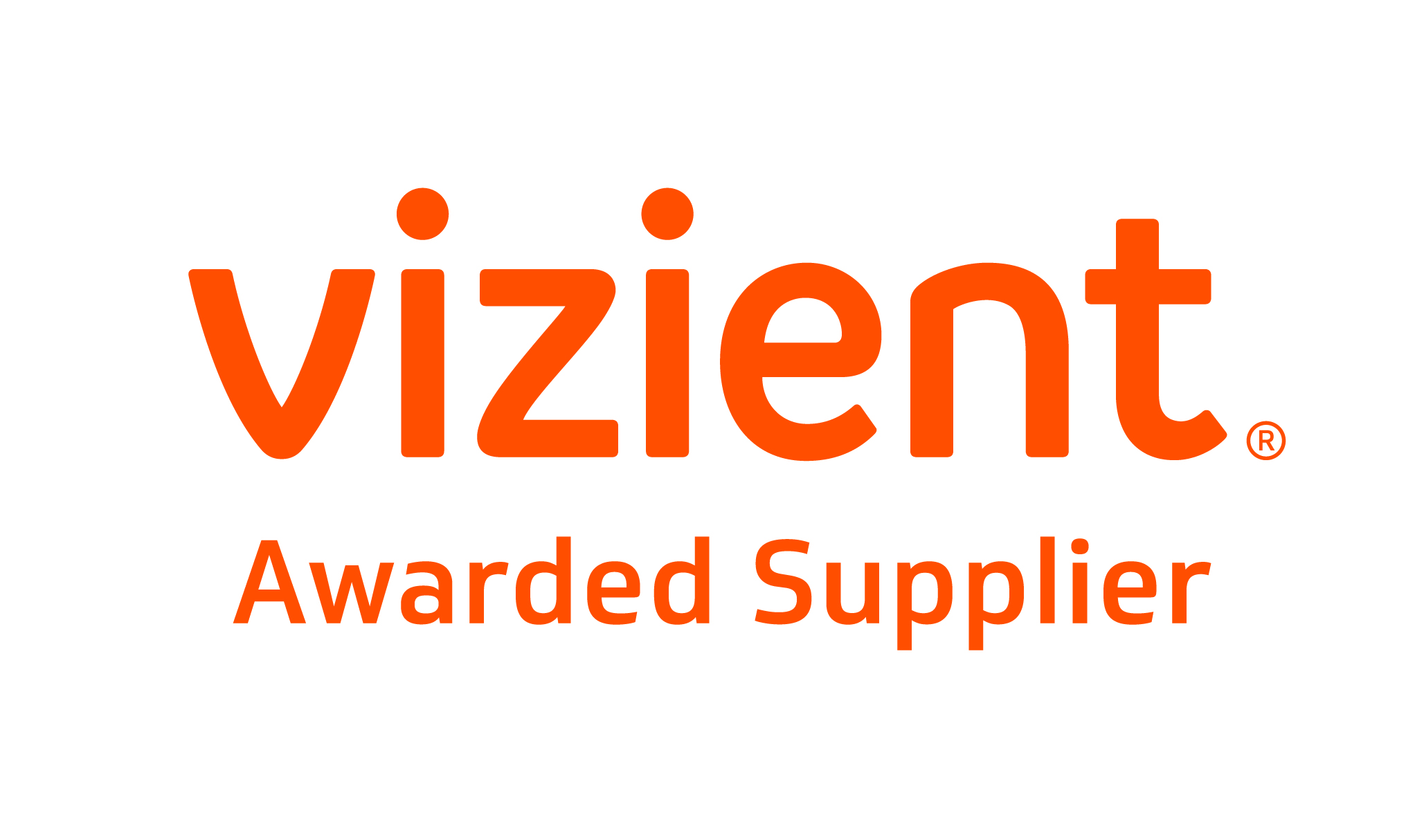Wound Closure Solutions: Effective Options for Surgical and Traumatic Wounds
|
|
|
|
|
|
|
|
|
|
|
|
|
|
|
|
|
|
|
|
|
|
|
|
|
|
|
|
|
|
|
|
|
|
|
|
|
|
|
|
|
|
|
|
|
|
|
|
|
|
|
|
|
|
|
|
|
|
|
|
|
|
|
Wound Closure Solutions: Effective Options for Surgical and Traumatic Wounds
At Mercury Allegiant Partners, we understand the importance of reliable and efficient wound closure in surgical and trauma settings. Our comprehensive range of wound closure products includes suture kits and a variety of suture materials to meet the diverse needs of healthcare professionals.Suture Kits
Our suture kits provide a convenient and all-in-one solution for wound closure procedures. Each kit contains the necessary components, such as needles, sutures, and other essential tools, to streamline the wound closure process and ensure readiness in critical situations.Suture Materials
We offer a wide selection of suture materials to accommodate various wound closure techniques and patient requirements. Our suture materials are designed to provide optimal strength, flexibility, and tissue compatibility for successful wound healing.- Vicryl: Vicryl is an absorbable, braided suture material made from polyglactin 910. It offers excellent handling characteristics and provides reliable wound support during the critical healing phase.
- Dexon: Dexon is an absorbable, braided suture material composed of polyglycolic acid. It is known for its high tensile strength and is commonly used in general soft tissue approximation.
- Monocryl: Monocryl is an absorbable, monofilament suture material made from poliglecaprone 25. It provides a smooth passage through tissue and minimizes tissue drag, making it ideal for dermal and subcuticular closures.
- Silk: Silk sutures are non-absorbable, braided sutures known for their excellent handling properties and knot security. They are commonly used in cardiovascular, ophthalmic, and neurological procedures.
- Nylon: Nylon sutures are non-absorbable, monofilament sutures with high tensile strength and minimal tissue reactivity. They are frequently used in skin closures and microsurgery.
- Ethibond: Ethibond is a non-absorbable, braided suture material made from polyethylene terephthalate. It offers exceptional strength and knot security, making it suitable for cardiovascular and orthopedic surgeries.
- Prolene: Prolene is a non-absorbable, monofilament suture material composed of polypropylene. It is characterized by its excellent tensile strength, minimal tissue reactivity, and resistance to infection.
- Polypropylene: Polypropylene sutures are non-absorbable, monofilament sutures known for their durability and resistance to bacterial growth. They are commonly used in general soft tissue approximation and cardiovascular procedures.

